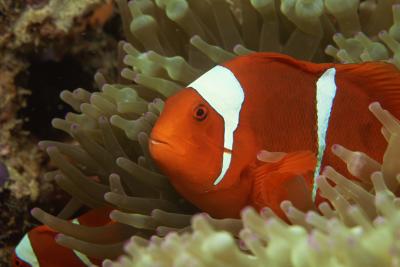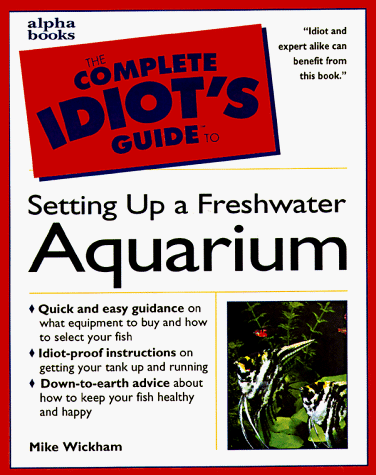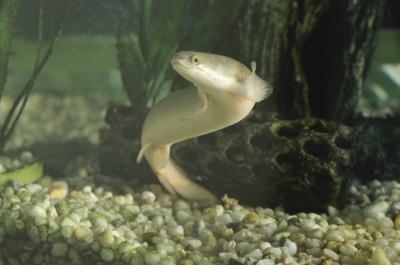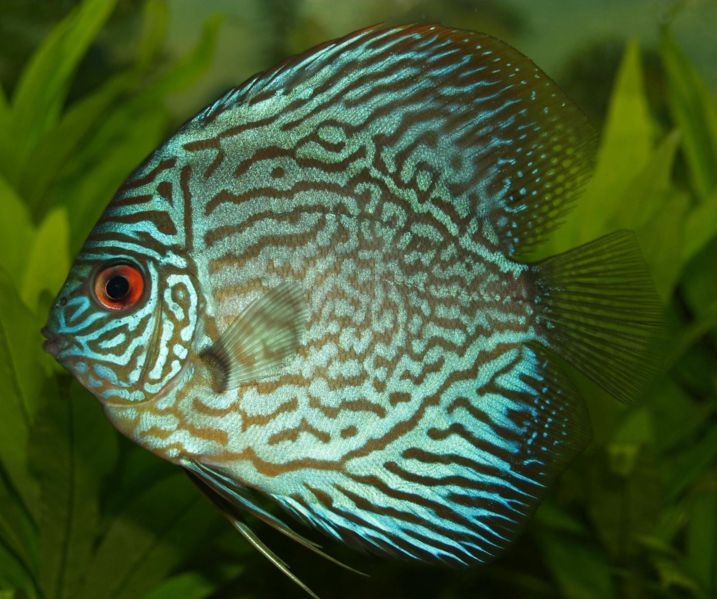
The Quintessential Symbol of Elegance
Nothing epitomizes sublime beauty quite like the White Koi. Valued for its purity in form & color, the Platinum Ogon, as it is more commonly referred to amongst enthusiasts, has turned out to be somewhat of a "standard" for many koi ponds the world over. This popularity is due partly to the fact that they are able to grow rapidly and are surprisingly easy to see in the cloudy water of poorly filtered ponds. They stand out superbly against the multitude of colors of other koi varieties.
During the earliest days of breeding and cross-breeding Koi in Japan, there were in general only one or two colors on hand, so, as Koi breeding gained popularity around the world, the range and diversity of colors and characteristics improved tremendously. Today there is an ever-growing assortment of color and pattern combinations available, ranging from red, black, white, green, blue and yellow.
To totally appreciate the different varieties of Koi Fish, one needs to gain a comprehension of the various classifications that each group falls into. Each class has standards to ascertain which group they belong to, but generally speaking, each group has a particular level of acceptable diversity.
White koi first appeared back in 1963, most likely from cross-breeding Kigoi (lemon non-metallic) with the grayish-silver (metallic) Nezu Ogon.
When learning about Koi varieties, it's interesting to note a particular point of difference. Each variety commonly has a Doitsu (scale-less) variety and a Gin Rin (sparkly) scaled version.
Most Platinum Ogon are bred with the Gin Rin scales to make them appear shinier. Gin Rin scales have a pigmented reflective luster that produces a glimmering effect much like that of cut diamonds. To qualify as a Gin Rin, a Koi must have not less than 20 scales which is the acceptable minimum prerequisite.
Ogon refers to koi of one solid color. Whilst known colors include red, orange, platinum, yellow and cream, the two most popular colors are the Platinum Ogon (white) and the Yamabuki Ogon (yellow). A desirable attribute of the Ogon are sizeable fins because they offset the single color body. The color of any Ogon must be consistent right through the body of the fish.
A further interesting point is that as the majority of the fish's pigment is on the top section of the fish, the light is able to reflect off their backs, highlighting their bright and beautiful color combinations. For this reason, Koi are generally best seen from above, as in a pond.
Although all koi are classified as Cyprinus carpio, selective breeding and cross-breeding has resulted in many varieties of koi, each based on varying degrees of scalation, color, and patterning.
As a preliminary guide for the amateur Koi devotee, it is perhaps useful to provide a few words in the Japanese Koi vocabulary to make the task of comprehending Koi Classification a little less overwhelming. An illustration of how this Japanese terminology works is shown in the following example variations:
Aka Bekko - A red Koi with black patches
Shiro Bekko - A white Koi with black patches
Ki Bekko - A yellow (ki) Koi with black patches
Doitsu Bekko - This is a scale less version of the above
Japanese Terminology for Koi Classification:
ai Indigo color
aka red - pertaining only to the base color of the fish
bekko Solid base color (aka, ki or shiro) with black markings (sumi)
beni dark red color
budo Grape color
cha Brown color
doitsu German carp - either scale-less referred to as Leather Carp or having a line of large scales along the lateral and dorsal lines referred to as Mirror Carp
gin silver (white metallic)
ginrin pearl-silver reflective scales
hi red - pertaining only to the colored patches of the fish
hikari shiny
karasu old variety of black koi - means "Crow" in Japanese - black fins and jet black body - may have markings on belly
ki Yellow - pertaining only to the base color of the fish
kin gold (yellow metallic)
kinrin pearl-gold reflective scales
kuchibeni lipstick
matsuba pine cone or net pattern effect to scales
midori green color
mono type
moyo type of pattern
muji one color
nezu gray color
orenji orange color
rin shiny Scale
shiro White - pertaining only to the base color of the fish
sumi black - pertaining only to the colored patches of the fish
tancho a single strong red spot on the head only
ai Indigo color
aka red - pertaining only to the base color of the fish
 Clown Fish Small Tank Set Up for Beginners
Clown Fish Small Tank Set Up for Beginners
Clown Fish Small Tank Set Up for Beginners
Clown Fish Small Tank Set Up for Beginners
 Aquarium Setup
Buying an aquarium is a lot
Aquarium Setup
Buying an aquarium is a lot
 Changing Filter Cartridge During New Tank Syndrome
Starting your first fish tan
Changing Filter Cartridge During New Tank Syndrome
Starting your first fish tan
 How to Clean a Small Fish Tank
How to Clean a Small Fish Tank
How to
How to Clean a Small Fish Tank
How to Clean a Small Fish Tank
How to
 What to Do About Bully Fish in an Aquarium?
What to Do About Bully Fish in an Aquarium?
What to Do About Bully Fish in an Aquarium?
What to Do About Bully Fish in an Aquarium?
Copyright © 2005-2016 Pet Information All Rights Reserved
Contact us: www162date@outlook.com